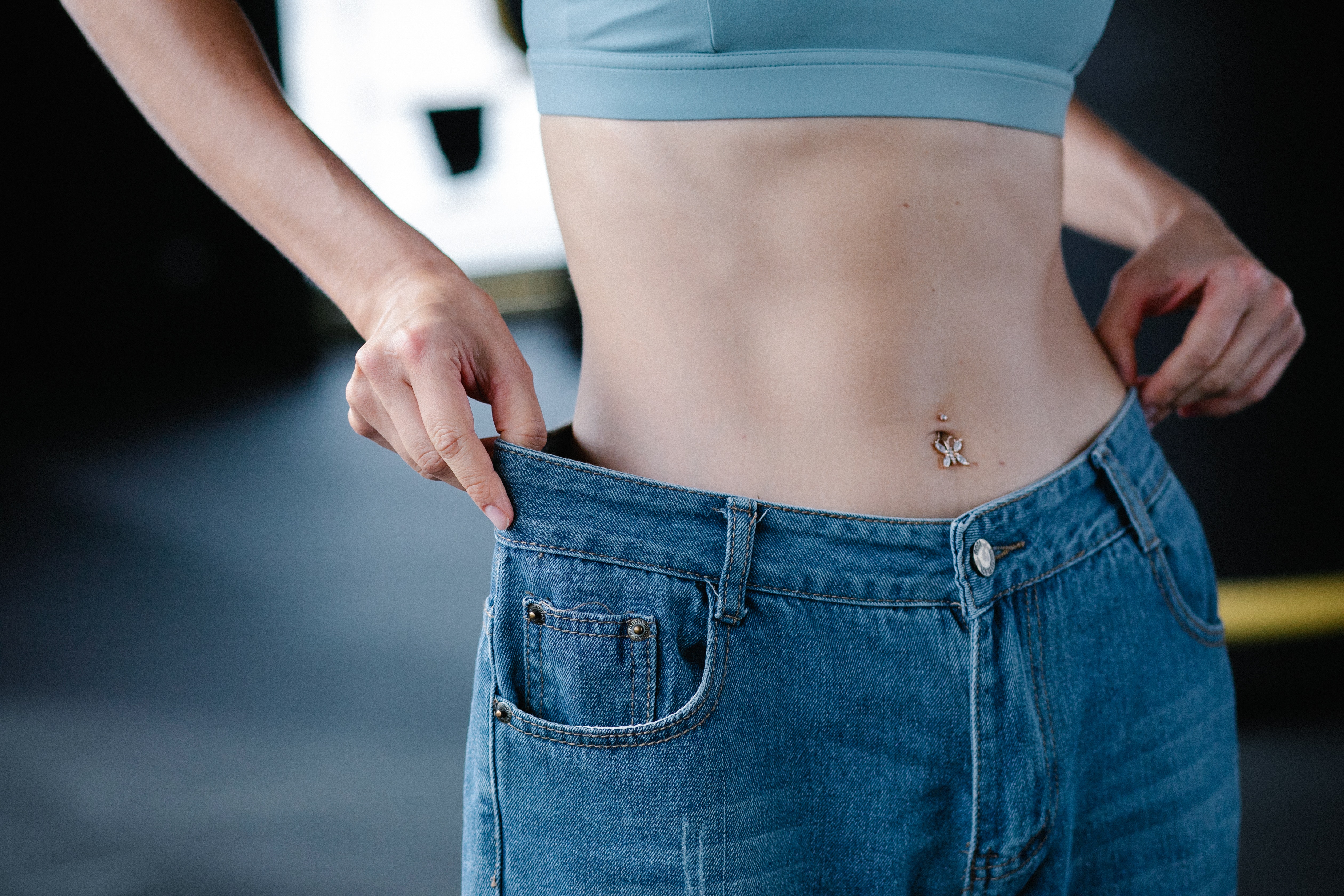
Following up on my last blog post, where I discussed how to really lose weight. I wanted to focus more on fat loss and specifically how to shrink your waist.
On more than one occasion I have had clients come to me and say, “I want to drop a dress size” or “I want to fit into clothes I wore in my 20’s”. These aren’t uncommon goals. My goal is to try get my waistline down to where I was at university, and it is taking longer than I thought.
It is possible to lose 1 kilogram a week. However, to drop an inch off your waist isn’t that easy. Let me explain why.
As previously stated in my last post, the key to decreasing body fat is to create an energy imbalance. That means eat less and exercise more.
However, different muscles store fat in different ways (Kuo & Harris, 2016).
You have probably heard the last area of your body where fat burned is your waist. There is some evidence to support that. We need to ensure we are maintaining a calorie deficit for a longer period.
According to Porter (2022), it is possible to lose 1 inch of body fat off your waist each month, or every 4 weeks.
This can be done by maintaining a 3500 weekly calorie deficit, 500 calories a day, to lose 2 pounds of body fat per week (Porter, 2022). 8 pounds of body fat around your waist amounts to 1 inch in waist circumference (Porter, 2022).
By maintaining this amount of calorie deficit, we can predict that every 4 weeks it is possible to lose an inch off your waist. I can testify that I have seen evidence that would support this from my own fitness journey. I have lost 12 kg (26.5 lbs) in weight in 12 weeks and I have lost around 3 inches off my waist.
An important point that can be taken from Kuo and Harris (2016) is the importance of combining exercise with nutrition.
Resting and recovery use fat as a major source of energy. So when you finish exercising, you are using 60% fat, 35% carbohydrates, and 5% fat as a source of energy. But, moderate-high intensity exercise can decrease abdominal fat more than low intensity or rest (Vissers et al, 2013).
It is also important to note that the more muscular contractions there are, the more energy is needed in activity (Kuo & Harris, 2016). Once fat oxidation is depleted energy will need to be obtained from somewhere else (Kuo & Harris, 2016). More research is needed to find out what limits there are to this and how this compares to calorie deficits etc.
It is important to note: that you do need a calorie deficit and if you currently have a 40-inch waist and want to get down to a 36-inch waist it can take at least 16 weeks with a 3500 weekly calorie deficit (Porter, 2022).
However, moderate-high intensity exercise is also important in ensuring excess calories are burnt to help reach a goal of losing 2 pounds per week (Kuo & Harris, 2016; Porter, 2022).
Activities that require multiple contractions of the abdominal muscle can aid in the fat oxidation process around the abdominals, so it is important to use abdominal exercises in your workouts to help decrease waist circumference and excess body fat stored around the abdominals (Kuo & Harris, 2016).
References
Kuo, C.H. & Harris, M. B. (2016) Abdominal fat reducing outcome of exercise training: fat burning or hydrocarbon source redistribution? Can. J. Physiol. Pharmacol. 94: 695–698
Porter, A. (2022, April 12th) Better Me. (https://betterme.world/articles/how-many-pounds-to-lose-an-inch/)
Vissers, D., Hens, W., Taeymans, J., Baeyens, J.-P., Poortmans, J., and Van Gaal, L. 2013. The effect of exercise on visceral adipose tissue in overweight adults: A systematic review and meta-analysis. PLoS One, 8(2): e56415.



